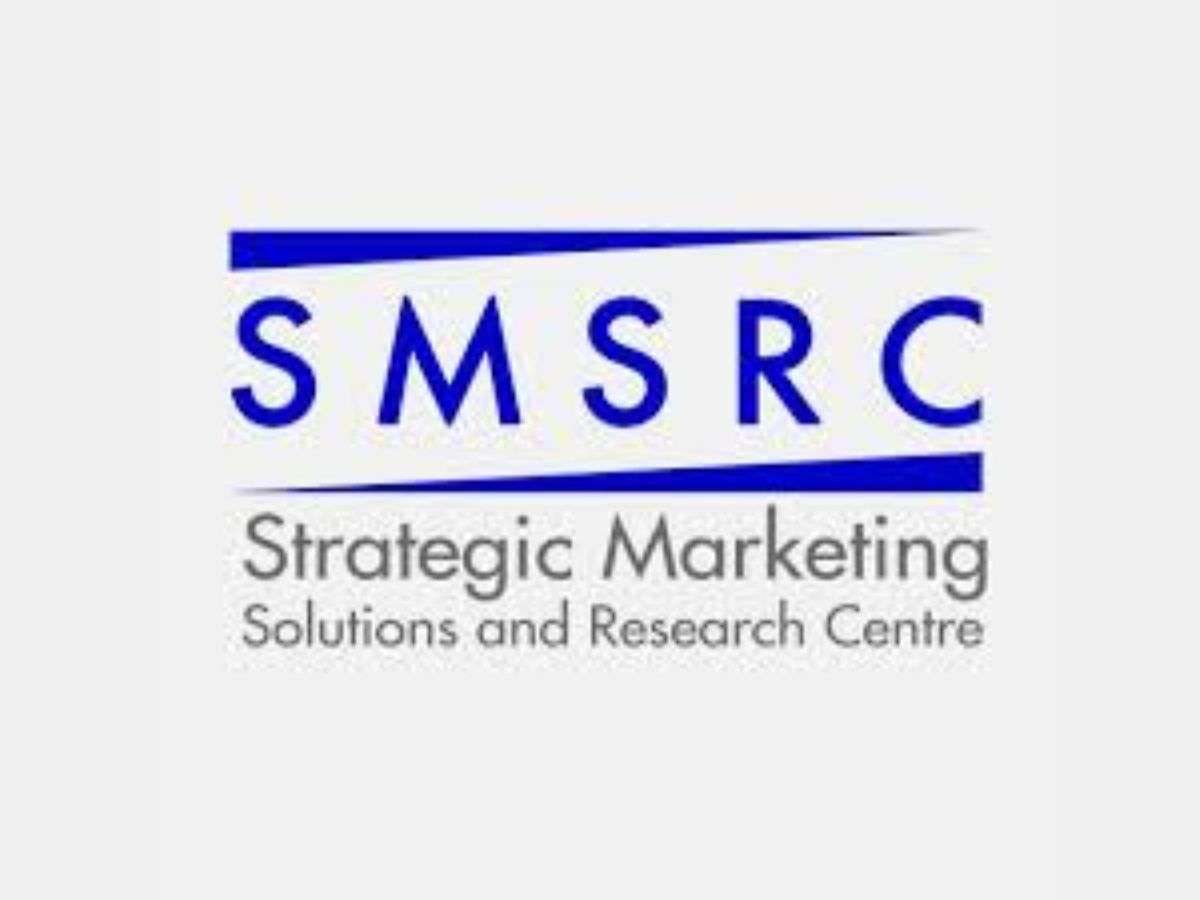SMSRC & Group (Medclin Research and Synaegis), one of India’s leading healthcare research, intelligence & consulting organizations has published findings on major disease trends prevailing in India, and how they are currently being managed by healthcare providers. The study reveals that Diseases of the Respiratory System as the largest disease area in India.
The study was conducted on the basis of MAT Feb 2024 prescription audit – de identified and aggregated data, of more than 10,700 doctors over a 15-year period. Drs in the sample were distributed across all key specialties, across 80+ cities/towns of India. This is a first of its kind real world evidence-based study from an Indian context.
According to the publication, Diseases of the Respiratory System is the largest disease area in India, constituting 15.3% of all Rx of total patients with diseases in India. Endocrine & Metabolic diseases (e.g. Diabetes and others) is at second place with 13.5% share of Rx of all patients, followed by GI related diseases and circulatory diseases (hypertension, cholesterol etc) as the next ranked disease area.
Respiratory diseases that constitute of various upper/lower respiratory tract diseases, are treated via the following therapeutic class of medicines – antibiotics, cough & cold preparations, pain relievers and respiratory products. Respiratory products constituting of anti-asthma tablets, syrups, inhalers and nebulizer categories are one of the fastest growing therapeutic class of medicines in India.
Further, within Diseases of the Respiratory System, URTI (Upper Respiratory Tract Infection) constitutes 27% of the share in 2024 and is the largest type of respiratory diseases. However, over the past 10 years COPD (Chronic Obstructive Pulmonary
Disease) – 6% of all respiratory diseases) and “Running Nose” (an upper respiratory tract condition) have been the relatively faster growing respiratory diseases. COPD that is driven more by external environment (e.g. pollution, biomass fuel) & lifestyle driven factors (e.g. smoking, burning tobacco) has been the key disease driving the growth in respiratory diseases in India. COPD is predominantly an urban phenomenon with metro and tier 1 cities seeing approx. 90% cases, and its occurrence is majorly seen across male patients above 51 years.
Specialist Dr segments such as Chest Physicians, Cardiologists, Diabetologists & Consulting Physicians treat COPD patients with anti – asthma solids, anti-asthma inhalers, & nebulization – in descending order of preference. Cough preparation and antibiotics are also used. As per the SMSRC report, since 2014 there has been a 1.3x growth in the usage of Anti-Asthma Inhalants + Nebulization, as compared to Anti Asthma tablets in the management of COPD. Inhalants/Nebulization generally considered a superior and more effective treatment choice, still has immense potential to continue to provide increasing relief to a growing number of COPD patients, given they are still the second ranked category to anti-asthma solids.
The incidence of Asthma, a more genetic condition contributing 10% of all respiratory diseases, has seen a more moderate increase over the past 10 years. Younger patients below 10 years constitute the largest chunk of asthmatic patients, although an increasing proportion of elderly patients are also seen being diagnosed with asthma as compared to 10 years ago (35% above 41 years of age in 2014 vs 41% above 41 years of age in 2024).
Chest Physicians, Cardiologists, and Consulting Physicians generally prefer anti – asthma solids followed by inhalers/nebulizers. Since 2014, the growth in the usage of inhalers/nebulizers has been 1.2x, as compared to that of Anti Asthma tablets. However, inhalers are still second preference to anti-asthma tablets amongst Chest Physicians, Cardiologists and Consulting Physicians. Unlike COPD though, given the younger age cohort in asthmatic patients, Paediatricians are also an important segment but the usage of inhalers are much lesser, with anti-asthma tablets & syrups and cough preparation being a more preferred mode of treatment.
Dr Sanjoy Mitra, Founder & MD of SMSRC mentions, “Given the inclination towards respiratory diseases in India, the general patient population is advised to maintain a better quality of lifestyle to help reduce the growing respiratory disease burden in the country. Authorities and policy makers could further strengthen controls on excessive pollution, whereas healthcare delivery stakeholders can focus on increasing both the depth (i.e., compliance) and spread (i.e., awareness to compliance) in the usage of the more effective treatment medication, such as inhalers in the management of COPD & Asthma in India.”
SMSRC plans to research further and support healthcare delivery stakeholders, on increasing both depth and spread of effective treatment methods amongst Drs/Patients for COPD & Asthma help reduce the disease burden.
Source Link



![[CITYPNG.COM]White Google Play PlayStore Logo – 1500×1500](https://startupnews.fyi/wp-content/uploads/2025/08/CITYPNG.COMWhite-Google-Play-PlayStore-Logo-1500x1500-1-630x630.png)